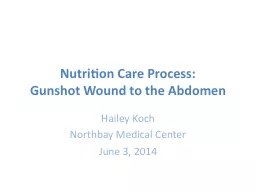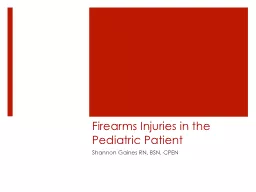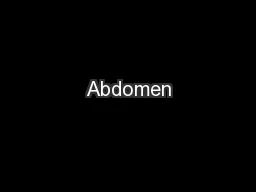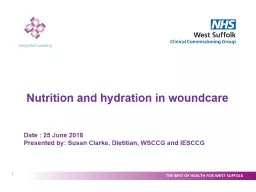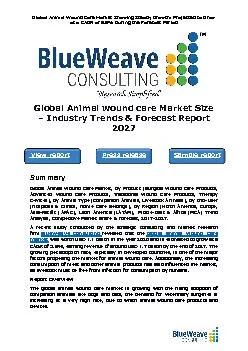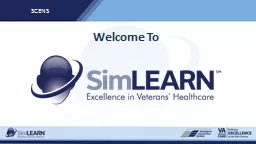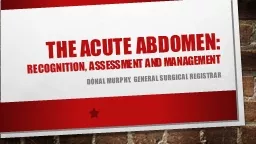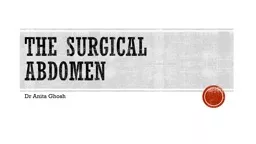PPT-Nutrition Care Process: Gunshot Wound to the Abdomen
Author : blackwidownissan | Published Date : 2020-06-17
Hailey Koch Northbay Medical Center June 3 2014 Overview Background of Patient Metabolic Stress Response Trauma Physicians Assessment Nutrition Assessment Nutrition
Presentation Embed Code
Download Presentation
Download Presentation The PPT/PDF document "Nutrition Care Process: Gunshot Wound to..." is the property of its rightful owner. Permission is granted to download and print the materials on this website for personal, non-commercial use only, and to display it on your personal computer provided you do not modify the materials and that you retain all copyright notices contained in the materials. By downloading content from our website, you accept the terms of this agreement.
Nutrition Care Process: Gunshot Wound to the Abdomen: Transcript
Download Rules Of Document
"Nutrition Care Process: Gunshot Wound to the Abdomen"The content belongs to its owner. You may download and print it for personal use, without modification, and keep all copyright notices. By downloading, you agree to these terms.
Related Documents

